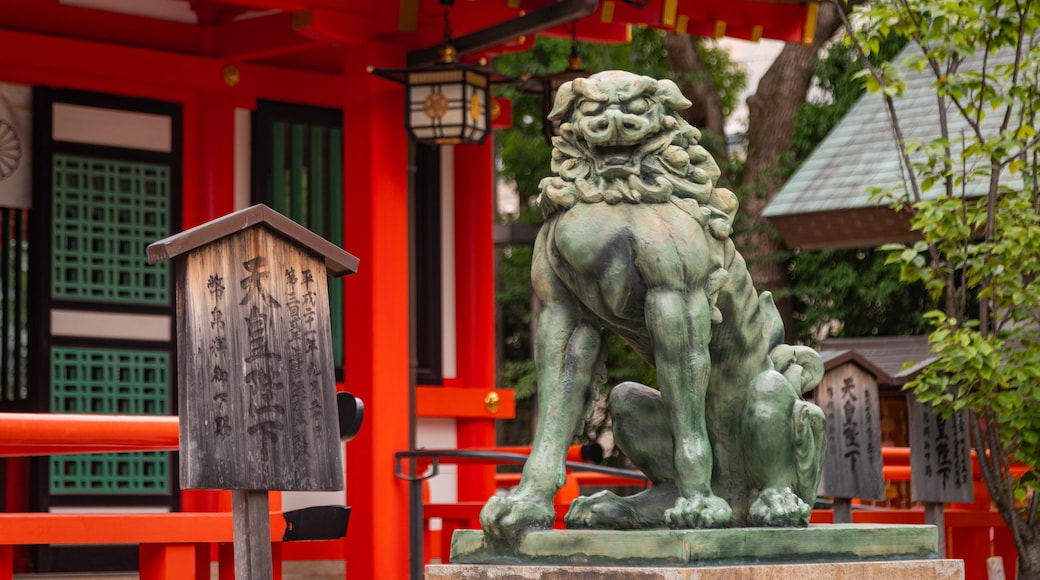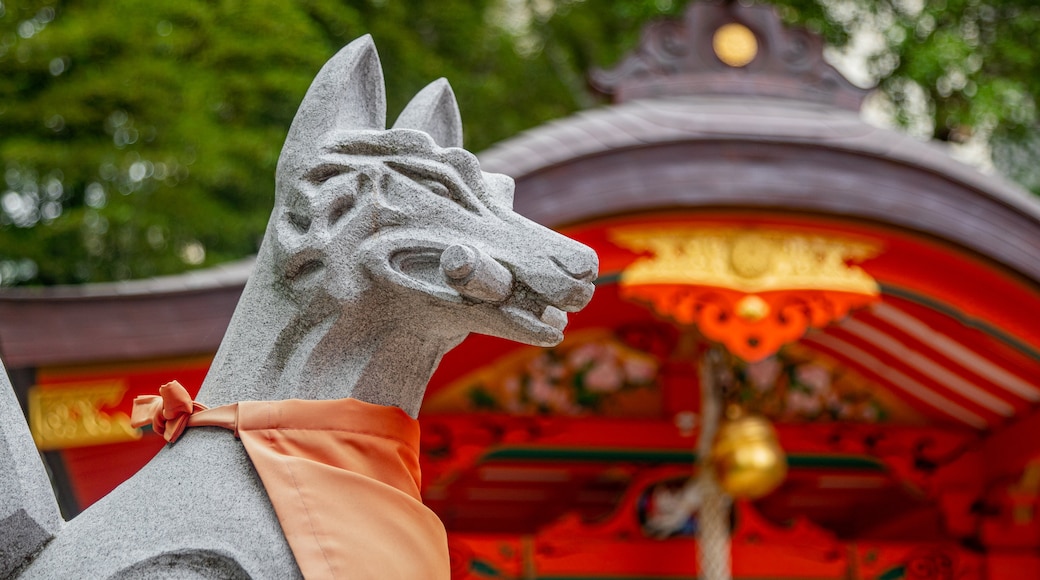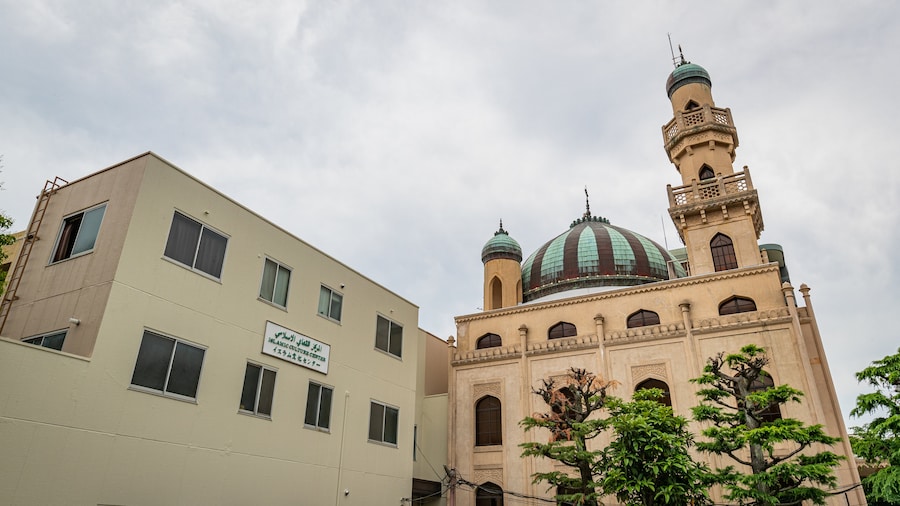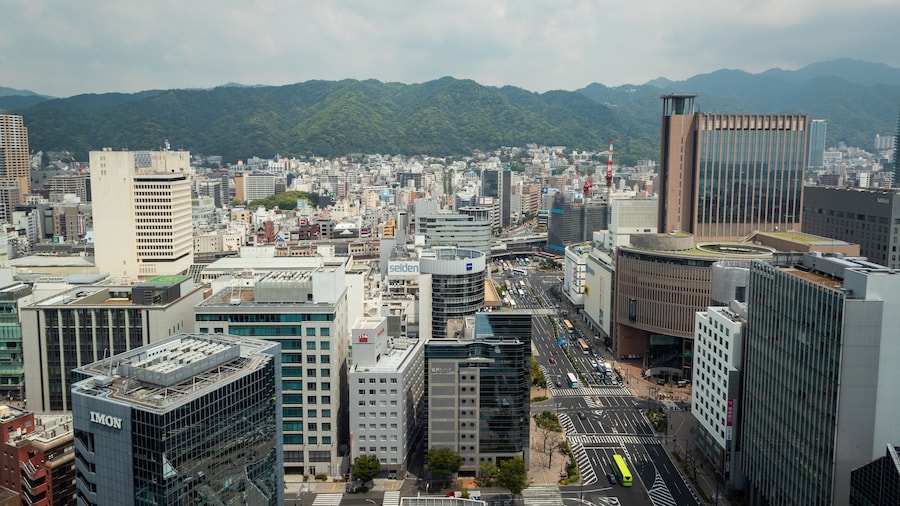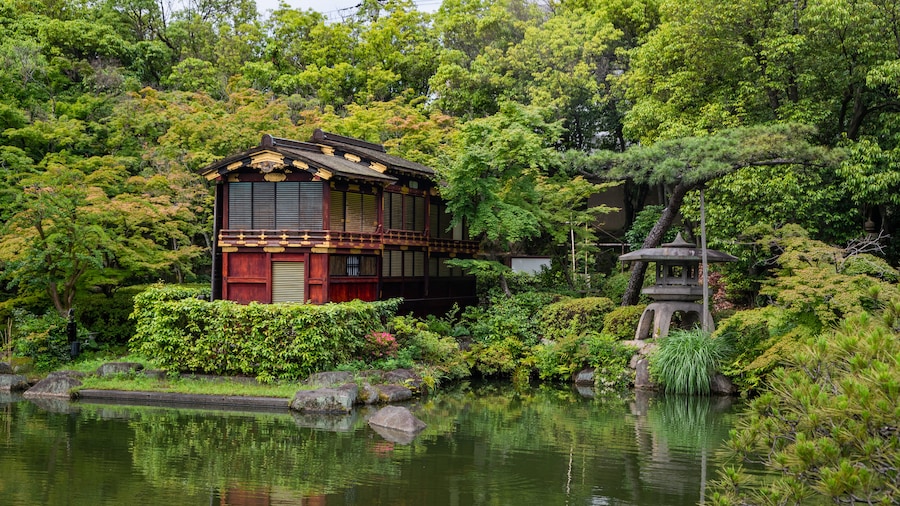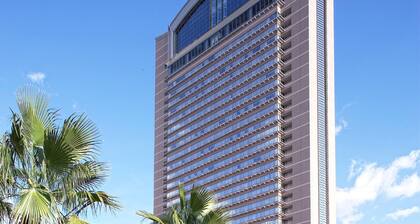Visit the Ikuta Shrine, one of Japan’s oldest Shinto places of worship. Historians believe the Empress Jingu ordered its construction in 201.
The shrine has always been an emblem for life and health. In modern times it also symbolizes resurrection. The city of Kobe and the shrine survived wars in the 1100s, flooding and World War II air raids in the mid-1900s and a devastating earthquake in 1995.
The site of the shrine had a very large forest until recent centuries. In the 800s, the emperor assigned 44 families for its maintenance. The pronunciation of the name of these groups is Kobe, giving the name to the city that developed around the shrine.
Pass through bright red torii gates standing in contrast to the modern surroundings. Wash your hands and purify yourself according to the chozu ritual before entering the red main hall.
Join other visitors for the shrine’s seasonal highlights. Pray for health and happiness on New Year’s Eve and New Year’s Day in the hatsumode ritual. Thousands of people arrive on this day for the first visit to a shrine in the New Year. Especially in spring, young lovers come to the shrine for amulets said to bring happiness and longevity to their romance.
Trees behind the shrine take on beautiful colors in autumn, complemented by the flashing gold of koi in the pond. White ducks paddle across the water’s surface.
If your schedule allows, attend an autumn production of Ikuta Atsumori, a Noh play that tells the story of a young man meeting his father’s ghost at the Ikuta Shrine and forest, the setting of battles of the Genpei War in the late 1100s.
Find the shrine in the Sannomiya section of Kobe, just a 10-minute walk from Sannomiya station. Access is free. Put a coin into the offering chest if you wish to say a special prayer.
While standing at the 1,800-year-old Ikuta Shrine, gaze outward to the very modern street in front of the temple. Choose from numerous boutiques, restaurants, cafés and even large department stores to spend a few hours shopping and dining.



